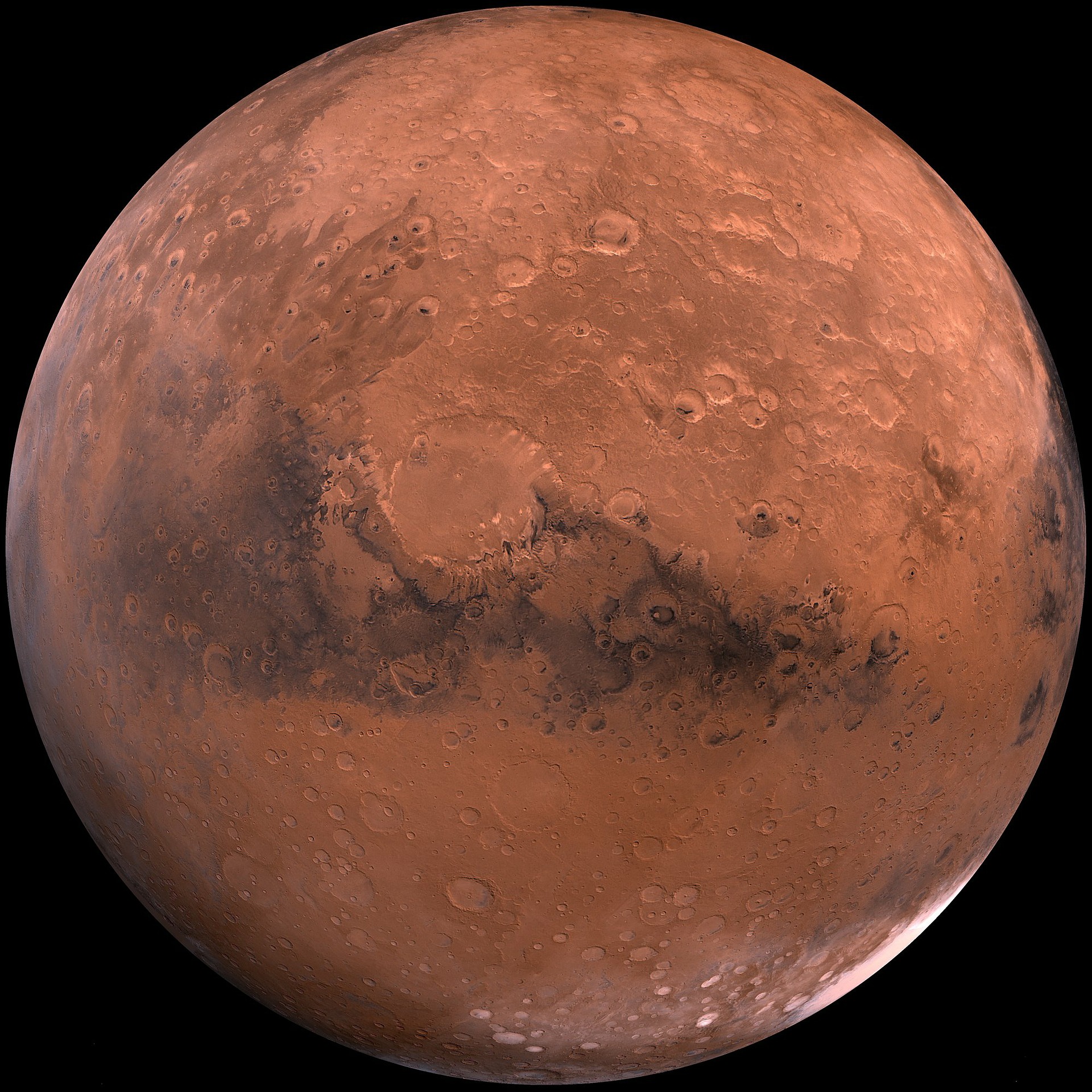Mars mission: China touches the Mars surface

China touches the Mars surface successfully. It has become the second country after the US to successfully land on the red planet when an unmanned Chinese China’s Tianwen-1 spacecraft landed on Mars on Saturday.
Tianwen-1, currently in orbit around Mars, dropped its lander and rover on the surface of the planet early on Saturday. The rover was named ‘Zhurong’ after a Chinese mythological god of fire. Chinese state media said the task was extremely complicated with no ground control to complete the critical stage of the ongoing mission.
According to reports, the probe landed on a site on a vast lava plain known as Utopia Planitia ‘Leaving a Chinese footprint on Mars for the first time’.
The China Academy of Space Technology (CAST) , the developer of the lander-rover combo of Tianwen-1, told Chinese state media that the entry, descent and landing (EDL) took around nine minutes, during which the speed of the craft was reduced from 20,000km per hour to zero.
Moreover, the China National Space Administration (CNSA) said in a statement that its rover Zhurong had successfully landed on Mars after ‘nine minutes of terror’. NASA says scientists on Earth have no control over the rover during the time interval because of communication delays.
The spacecraft, Tianwen-1, consisting of an orbiter, a lander and a rover, was launched from the Wenchang Spacecraft Launch Site on the coast of southern China’s Hainan island on July 23, 2020.
While tracking the course of the spacecraft, the Xinhua reported that in the early hours of Saturday, the spacecraft had begun to descend from its parking orbit, and the entry capsule enclosing the lander and rover had separated from the orbiter at about 4 am.
The report added that after flying for approximately three hours, the entry capsule had hurtled towards the red planet and had entered the Mars atmosphere at an altitude of 125km, initiating the riskiest phase of the whole mission.
Around 100 metres above the planet’s surface, the craft had hovered to identify obstacles and had measured the slopes of the surface. Then, avoiding the obstacles, it had selected a relatively flat area and had descended slowly, touching down safely with its four buffer legs.
Chinese scientists are said to be looking for more evidence of water-ice. They are also reported to share the data with their international counterparts.
Earlier to this, China had sent to space a key module for its permanent space station last month, which it plans to complete by 2022 as part of its ambitious space programme.
As reported, the module, which was sent to orbit by a rocket, can provide electricity, and accommodate three astronauts for up to six months.
Xinhua said on Saturday that China was ‘not looking to compete for leadership in space’ but it was committed to ‘unveiling the secrets of the universe and contributing to humanity’s peaceful use of space’.
Before Tianwen-1 reached there, US rover Perseverance had touched down on Mars on 18 February. And the third spacecraft that had arrived on Mars in February this year, was not designed to make a landing. Launched by the United Arab Emirates, it is currently orbiting above Mars gathering data on its weather and atmosphere.
Reuters said in a report that the first successful Mars landing ever made was by Nasa’s Viking 1 in July 1976 and then by Viking 2 in September that year. Previous to that, a Mars probe launched by the former Soviet Union had landed in December 1971, however, communication was lost seconds after landing.
Source: Agencies
Auto Amazon Links: No products found.


